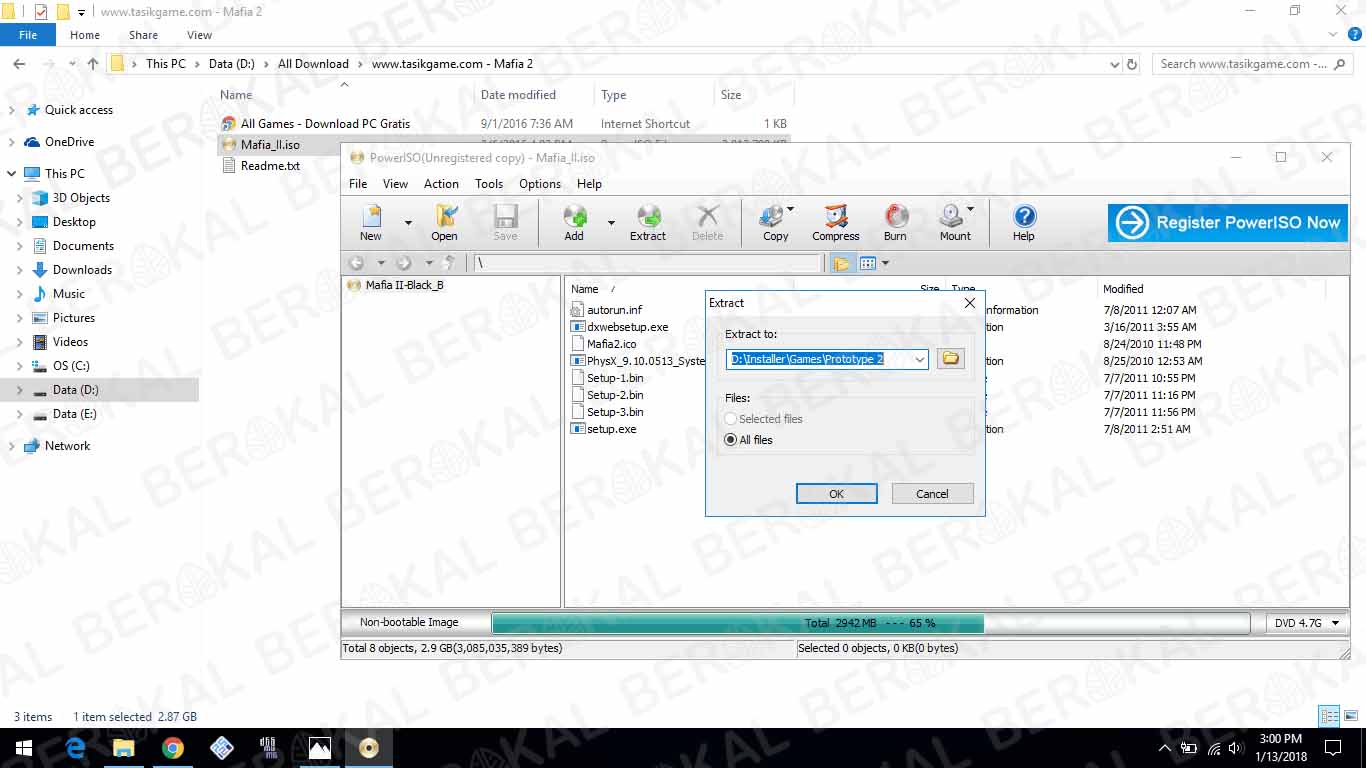
Wireshark can read in previously saved capture files. To read them, simplyselect the File → Open menu or toolbar item. Wireshark will then pop upthe “File Open” dialog box, which is discussed in more detail in Section 5.2.1, “The “Open Capture File” Dialog Box”.
| You can use drag and drop to open files |
|---|
On most systems you can open a file by simply dragging it in your file manager and dropping it onto Wireshark’s main window. |
If you haven’t previously saved the current capture file you will be asked todo so to prevent data loss. This warning can be disabled in the preferences.
View valuable information and metrics for 7-zip.org, such as: backlinks, Ahrefs URL Rating. What Is File Compression And Decompression? Wireshark is an open source application that is used to analyze a network that running, Wireshark is very easy to use and the installation of all operating systems used to run. However wireshark on windows can only capture network is an.
In addition to its native file format (pcapng), Wireshark can read and writecapture files from a large number of other packet capture programs as well. SeeSection 5.2.2, “Input File Formats” for the list of capture formats Wiresharkunderstands.
The “Open Capture File” dialog box allows you to search for a capture filecontaining previously captured packets for display in Wireshark. The followingsections show some examples of the Wireshark “Open File” dialog box. Theappearance of this dialog depends on the system. However, the functionalityshould be the same across systems.
Common dialog behaviour on all systems:
- Select files and directories.
- Click the button to accept your selected file and open it.
- Click the button to go back to Wireshark and not load a capture file.
- The button will take you to this section of the “User’s Guide”.
Wireshark adds the following controls:
- View file preview information such as the size and the number of packets in a selected a capture file.
- Specify a read filter with the “Read filter” field.This filter will be used when opening the new file.The text field background will turn green for a valid filter string and red for an invalid one.Read filters can be used to exclude various types of traffic, which can be useful for large capture files.They use the same syntax as display filters, which are discussed in detail in Section 6.3, “Filtering Packets While Viewing”.
- Optionally force Wireshark to read a file as a particular type using the “Automatically detect file type” dropdown.
Body by science mcguff pdf to jpg free. Figure 5.1. “Open” on Microsoft Windows
This is the common Windows file open dialog along with some Wireshark extensions.
Figure 5.2. “Open” - Linux and UNIX
This is the common Qt file open dialog along with some Wireshark extensions.
The following file formats from other capture tools can be opened by Wireshark:
- pcapng. A flexible, extensible successor to the libpcap format. Wireshark 1.8 and latersave files as pcapng by default. Versions prior to 1.8 used libpcap.
- libpcap. The default format used by the libpcap packet capture library. Usedby tcpdump, _Snort, Nmap, Ntop, and many other tools.
- Oracle (previously Sun) snoop and atmsnoop
- Finisar (previously Shomiti) Surveyor captures
- Microsoft Network Monitor captures
- Novell LANalyzer captures
- AIX iptrace captures
- Cinco Networks NetXray captures
- Network Associates Windows-based Sniffer and Sniffer Pro captures
- Network General/Network Associates DOS-based Sniffer (compressed or uncompressed) captures
- AG Group/WildPackets/Savvius EtherPeek/TokenPeek/AiroPeek/EtherHelp/PacketGrabber captures
- RADCOM’s WAN/LAN Analyzer captures
- Network Instruments Observer version 9 captures
- Lucent/Ascend router debug output
- HP-UX’s nettl
- Toshiba’s ISDN routers dump output
- ISDN4BSD i4btrace utility
- traces from the EyeSDN USB S0
- IPLog format from the Cisco Secure Intrusion Detection System
- pppd logs (pppdump format)
- the output from VMS’s TCPIPtrace/TCPtrace/UCX$TRACE utilities
- the text output from the DBS Etherwatch VMS utility
- Visual Networks’ Visual UpTime traffic capture
- the output from CoSine L2 debug
- the output from Accellent’s 5Views LAN agents
- Endace Measurement Systems’ ERF format captures
- Linux Bluez Bluetooth stack hcidump -w traces
- Catapult DCT2000 .out files
- Gammu generated text output from Nokia DCT3 phones in Netmonitor mode
- IBM Series (OS/400) Comm traces (ASCII & UNICODE)
- Juniper Netscreen snoop captures
- Symbian OS btsnoop captures
- Tamosoft CommView captures
- Textronix K12xx 32bit .rf5 format captures
- Textronix K12 text file format captures
- Apple PacketLogger captures
- Captures from Aethra Telecommunications’ PC108 software for their test instruments
New file formats are added from time to time.
It may not be possible to read some formats dependent on the packet typescaptured. Ethernet captures are usually supported for most file formats but itmay not be possible to read other packet types such as PPP or IEEE 802.11 fromall file formats.